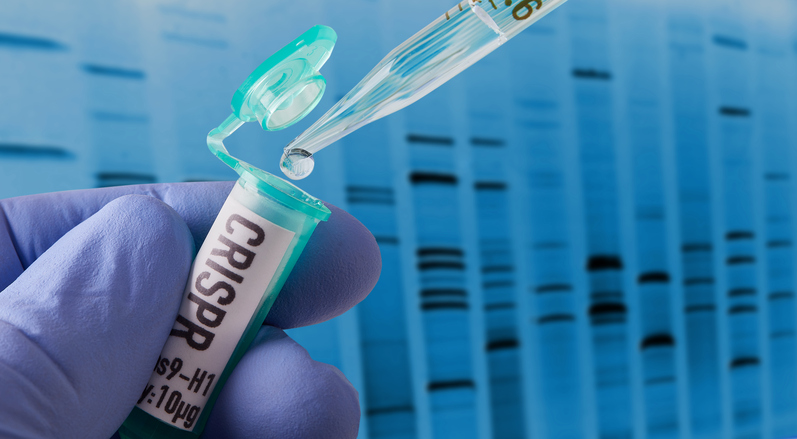On Monday, researchers at the University of Cambridge in Great Britain and the Karolinska Institute in Sweden warned against the risks of genome-editing technology currently being explored by scientists around the globe. It could inadvertently increase the risk of cancer. Other research would be required to guarantee the safety of the CRISPR-Cas9 molecular scissors.
The team, led by Professor Jussi Taipale at Cambridge, has observed that CRISPR-Cas9 triggers a mechanism designed to protect cells against DNA damage, which makes gene editing more difficult. Moreover, cells devoid of this mechanism are easier to edit than normal cells. However, populations of edited genome cells contain a larger number of cells without the key mechanism to protect against DNA damage.
In a study published in the journal Nature Medicine, scientists have warned that the absence of this protective mechanism weakened cells more likely to become malignant since the damage caused to the DNA could no longer be corrected. In addition, “although we do not yet understand the mechanisms involved… we think that scientists should be aware of the potential risks when developing new treatments”, announced Dr Taipale, who also believes that once scientists have a better understanding of how the response is triggered by CRISPR, they might be able to discover ways of overcoming the problem.
On Monday, a second team from the Novartis Research Institute in Boston, in the United States, also published in the same journal a study that reached similar conclusions.
Darren Griffin, a genetics expert at the University of Kent, who has not taken part in any of the studies, has asked for caution to be exercised: “If virtually all of the treatments have positive effects, they can also be harmful”. It is important for this rule to be borne in mind, especially in this context.
Reuters, Kate Kelland (11/06/2018)

